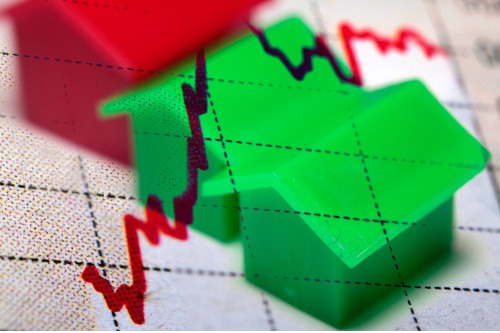Builders are more confident but still face affordability, labor, and regulation issues ahead

Builders and developers showed more optimism for the new multifamily housing market in the second quarter.
The National Association of Home Builders’ (NAHB) Multifamily Market Survey (MMS) report revealed a 16-point increase in the Multifamily Production Index (MPI), rising to 56 points in the Q2 2019.
The index measures how builders and developers view the conditions of the apartment and condo market on a scale of 0 to 100. When the MPI is below 50, it means that respondents believe conditions are getting worse.
The MPI also found that the construction of low-rent units (government-subsidized apartments or those supported by low-income tax credits) increased nine points to 56, while the share of market-rate rental units (or apartments built to be rented at the price the market will hold) climbed 22 points to 64, and the development of for-sale condominium units grew 19 points to an average of 50.
“Overall, builders and developers are reporting increased confidence in the multifamily housing market,” said Gary Campbell, chairman of NAHB’s multifamily council. “However, they still have to deal with the high cost of land, labor and regulation, which could impact future production.”
NAHB’s Multifamily Vacancy Index (MVI) reported fewer vacancies with a reading of 40 points – the lowest since Q2 2017. The MVI determines the multifamily housing industry’s perception of vacancies in existing apartments. Numbers under 50 show that more property managers think vacancies are decreasing.
“Historically, the MPI and MVI tend to move one to three months ahead of US Census figures for multifamily starts and vacancy rates, but in the second quarter we saw positive gains in both the NAHB and Census measures at the same time,” NAHB Chief Economist Robert Dietz said. “This is a sign of solid demand for multifamily housing in the second quarter, which was supported by low unemployment and a healthy number of household formations.”



